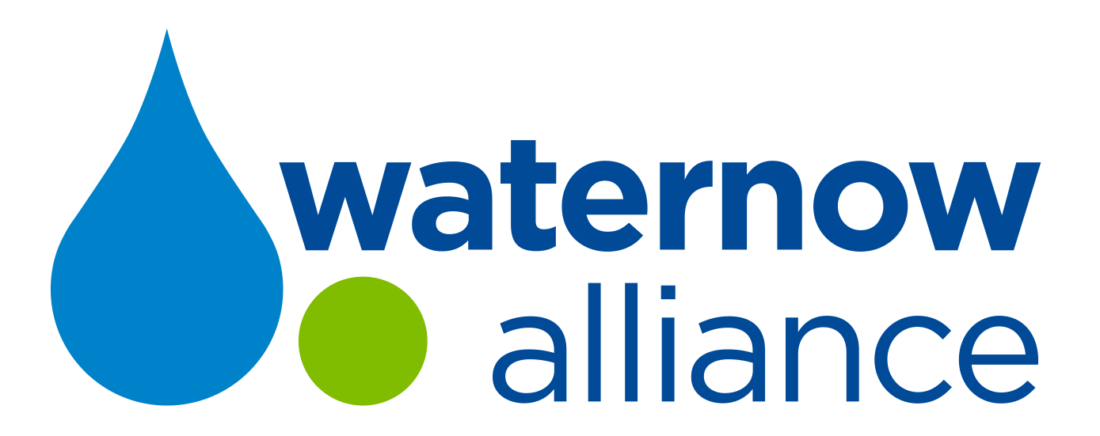Spanish Fork is located in central Utah, with Utah Lake to the northwest and the Wasatch Mountains in the southeast. It experiences dry, hot summers, temperate falls, fairly snowy winters and rainy springs. Spanish Fork provides its residents drinking water and pressurized outdoor irrigation.
Spanish Fork’s water system experiences peak daily demand at 5 a.m. and 10 p.m. As the city’s population continues to grow, this demand is expected to exceed the current capacity of the city’s water system. City leaders and staff have adopted a conservation-first approach and extended the current system’s capacity without purchasing additional costly water rights or new reservoirs. Using these strategies, Spanish Fork intends to both meet and exceed Utah’s statewide goal of reducing water use by 25% by 2025.
To meet these water conservation goals, Spanish Fork started a program in 2018 to provide residents with free smart irrigation controllers—an innovative type of localized water infrastructure. The controllers allow the wireless and remote operation of outdoor systems based on “weather intelligence,” i.e., tailoring irrigation based on factors such as specific vegetation types, sun exposure, and rainfall estimates from weather monitoring, among other features. This reduces overall water use by only watering at optimal times.
As of Summer 2018, the City had installed 953 controllers and received over 1,300 requests from residents interested in participating in the program. During summer 2019, the City plans to install 1,300 controllers, and had 350 residents ready for installation as of February 2019. Currently, the program is funded through 2021 with grants from the State of Utah Department of Natural Resources and Central Utah Water Conservancy District for a total of $300,000. The City has budgeted an additional ~$30,000 for professional installers, utility vehicles, and conservation staff.

 The smart controller program has already benefited the community. A study performed by Brigham Young University reported a 0.5% reduction in peak daily demand. On a household basis, residents with smart controllers saw reduced pressurized irrigation by an average of 4,500 gallons, or 17%, when compared to homes with no smart irrigation controller.
The smart controller program has already benefited the community. A study performed by Brigham Young University reported a 0.5% reduction in peak daily demand. On a household basis, residents with smart controllers saw reduced pressurized irrigation by an average of 4,500 gallons, or 17%, when compared to homes with no smart irrigation controller.
On a citywide basis, these savings will enable the city to avoid the purchasing of additional water rights and water system capacity. During this same time, Spanish Fork saw only a 1.2% increase in water demand despite a 4% population growth rate. This means that due to Spanish Forks’ program, for every six households with a smart controller, one new household can be added without the need for additional water system capacity. Smart controllers also provide social benefits for homeowners in Spanish Fork—owners save personal time by using the app-enabled system, are more cognizant of their water use, and develop more positive relationships with their water providers through this use of technology.
From Spanish Fork, Utah, to Philadelphia, Pennsylvania, as part of WaterNow’s Tap into Resilience initiative, WaterNow has interviewed over a dozen city and utility leaders already tapping into localized water strategies for fast, affordable, and impactful solutions to their water challenges. More details on Spanish Fork’s Tap into Resilience case study are available on WaterNow’s campaign website here. We hope you will join us at our Tap into Resilience Summit in Philadelphia on April 15-16, 2020, to learn more about localized water solutions and connect with other water leaders from across the nation. For an overview of Tap into Resilience Austin Summit held earlier this year check out the Summit Report Back.

